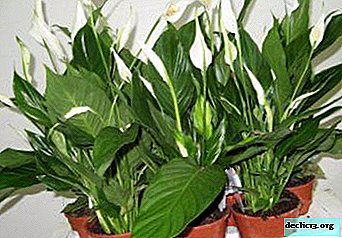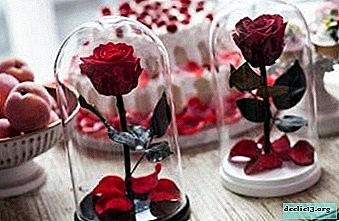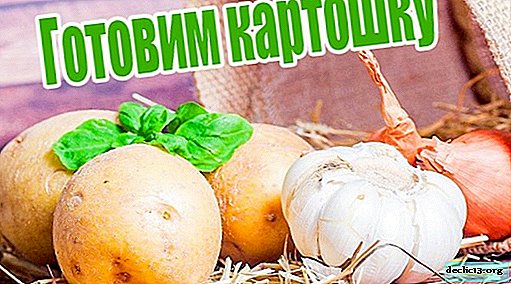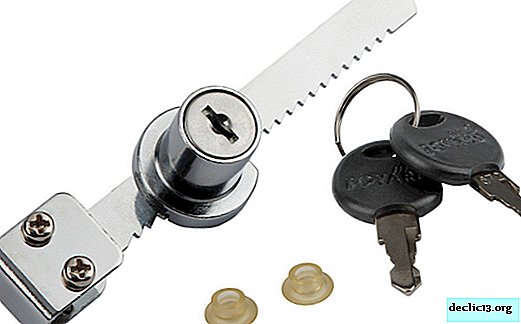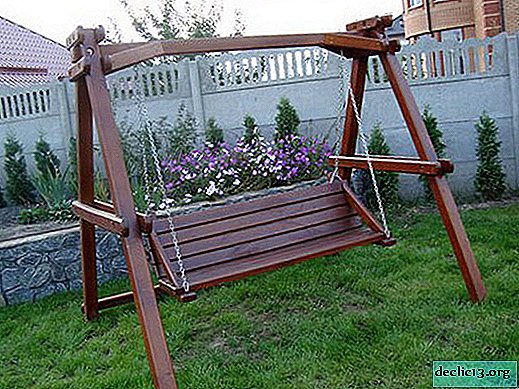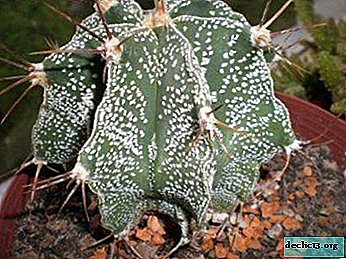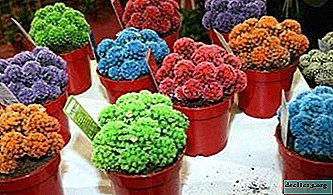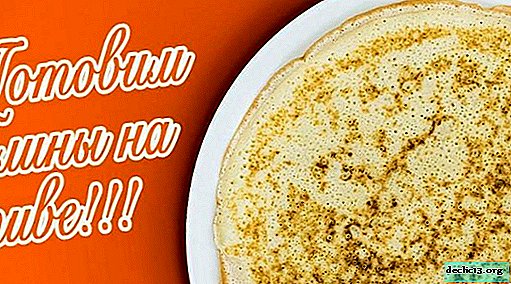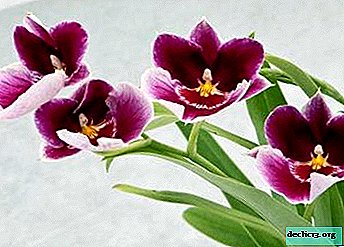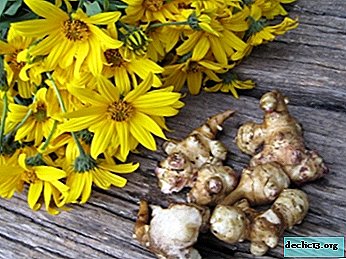Description and photo of Hoya Lacunose flower, methods of reproduction and care features

Somewhere in distant, exotic forests, an amazing flower grows. In the afternoon, this flower captivates everyone with its extraordinary beauty. And at night, a delightful aroma exudes, which is difficult to resist, so many night insects flies to such a miracle of nature.
Next, you will find out what kind of plant it is and how the different varieties of Hoya Lacunosa (including Eskimo) look in the photo. We will tell you whether it is difficult to care for a flower, how it propagates and what pests you should be wary of. And also what diseases this exotic is susceptible to.
Description of species with photos
Hoya lacunusa has the following subspecies.
Tove
Miniature plant. In sunlight, the leaves have a dark purple, beetroot hue. Spherical inflorescences of cream color with a yellow middle. The size of the flower is 6 mm, in the inflorescence there are more than 20 pieces.

Snow caps
The leaves are silver. Their width is 2 cm, and their length is up to 5 cm. The whisk and the crown of the flower are snow-white, diameter 10 mm. This variety is growing quite slowly compared to its counterparts.

Hoya Lacunosa Eskimo
The plant has diamond-shaped leaves of dark green color with a glossy sheen.
Reference. On the sheet plate, you can see small silver-white tint lines. Flowers are also collected in a spherical inflorescence of a white tone with yellowness in the middle.The flowering process does not take long, and blooms profusely. Also has the smell is like a women's perfume.

Royal flush
It differs in small leaves of dark bronze color with silver blotches on them. Leaf length 6mm Inflorescences "Royal Flush" round shape, white. The new sprout has a reddish-brown hue.

Flower care
Hoya lacunusa is a popular plant among flower growers. It is not picky in care, so even beginners can do it. However, it still has its own preferences.
- Likes windows facing north or northwest.
- It is able to grow exclusively under artificial lighting.
- The best option for additional light is a fluorescent lamp.
- In summer, it is important to protect from the sun, otherwise the drying out of the leaves can not be avoided.
- The lighting period is 14-16 hours a day.
- During the period of active vegetation, the temperature regime is in the range + 17-22 ° С.
- In winter, + 12-15 ° C should be maintained.
- The temperature may drop to + 10 ° C, but not less.
- With low humidity, it grows poorly.
- Water procedures are not superfluous: spraying, a warm shower.
- Daily ventilation of the room is recommended.
- In summer, the plant is watered about 1 time in 2-3 days, sometimes less often.
- Hoya tolerates drought more easily, because at the slightest lack of moisture, the root system quickly begins to decay.
- In winter 1 time in 2 weeks.
- Use soft, settled water, without impurities.
- Mineral fertilizers are applied about 2 times a month.
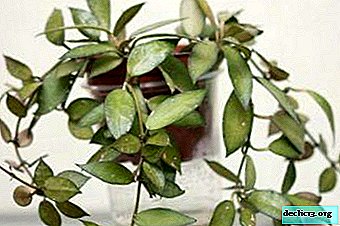 You should choose preparations for flowering plants. The main component is potassium.
You should choose preparations for flowering plants. The main component is potassium.- In the cold period, it is better to refuse top dressing.
- A suitable substrate should be loose, light and fertile.
- The soil is suitable for indoor palm trees or orchids.
- Transplanted every 2-3 years or as needed.
- Trim long, lifeless, dry shoots.
- Wash dust from leaves regularly with soap and water.
Breeding
At home, hoya is bred in such ways.
Stalk layering
This option is the easiest. The young shoot had not yet had time to grow, when a lot of rudimentary roots appeared on it. therefore to get a new shoot you need to fix the shoot in a pot.
The roots will immediately grow. What remains is to transplant the germ to a permanent place.
On a note. With this method, no greenhouse conditions are needed, no cash investments. In addition, the process of reproduction takes place over a short period of time.Cuttings
If nothing happened with layering, it is worth trying to cut off part of the stem. However, in indoor conditions it will be difficult for him to take root, it is better to create greenhouse parameters. The Cherenkov method is simple to execute and even beginner flower growers can do. It is possible to get a new copy similar to the mother.
Leaf
The method is rarely used in practice. Although a healthy young plant can grow from a leaf, it will take a long time to wait. It will take more than one year to get the first sprout. To accelerate the process, root formation stimulants must be used.
Seeds
At home, the method is not used. Thus, hoya breeds only in its natural habitat. From the seeds of the plant can only be deduced by specialists.
Disease
 Hoya lacunusa is an exotic flower that endures diseases. It can be said that it is practically not affected by infections. What is an absolute advantage over other varieties. However, health problems may occur due to improper care.
Hoya lacunusa is an exotic flower that endures diseases. It can be said that it is practically not affected by infections. What is an absolute advantage over other varieties. However, health problems may occur due to improper care.
Full development is also hindered by harmful insects. Among them:
- mealybug;
- whitefly;
- scale shield;
- spider mite.
If such neighbors are found, each whip should be thoroughly treated with an insecticide solution.
The hoya lacunusa variety is interesting not only for florists and experienced florists, but also for beginner flower lovers. The reason is that the flowering does not take long, and in the care requires minimal labor. And what is the intoxicating aroma of the plant, only for one smell you can love forever.

 You should choose preparations for flowering plants. The main component is potassium.
You should choose preparations for flowering plants. The main component is potassium.